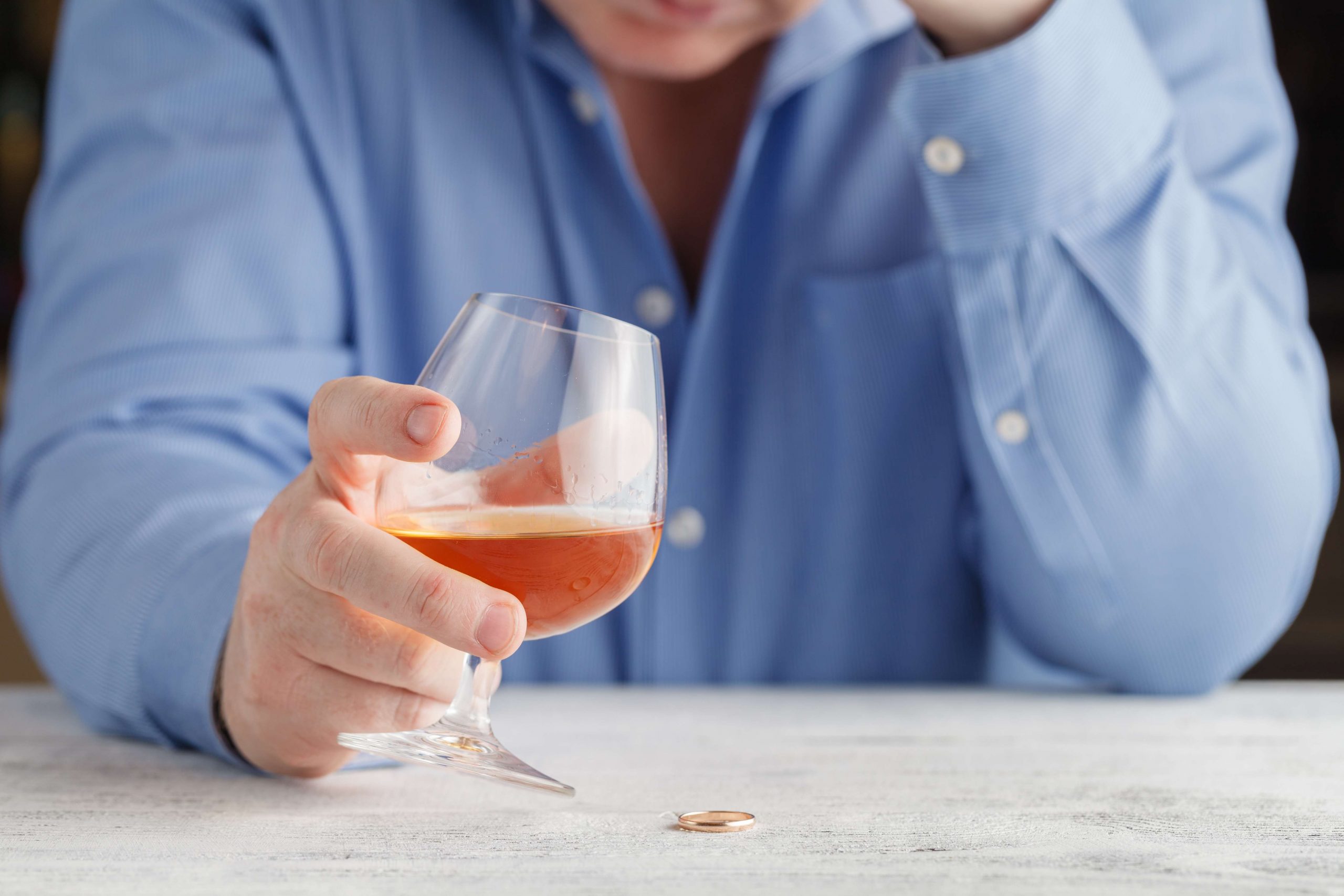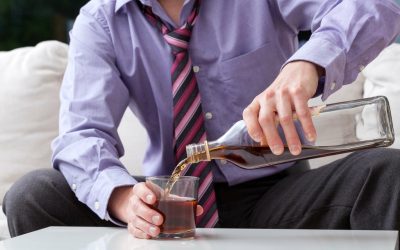Relapse prevention for sexual offenders: considerations for the “abstinence violation effect”
In its original form, RP aims to reduce risk of relapse by teaching participants cognitive and behavioral skills for coping in high-risk situations (Marlatt & Gordon, 1985). More recent versions of RP have included mindfulness-based techniques (Bowen, Chawla, & Marlatt, 2010; Witkiewitz et al., 2014). The RP model has been studied among individuals with both AUD and DUD (especially Cocaine Use Disorder, e.g., Carroll, Rounsaville, & Gawin, 1991); with the largest effect sizes identified in the treatment of AUD (Irvin, Bowers, Dunn, & Wang, 1999).
In high-risk situations, the person expects alcohol to help him or her cope with negative emotions or conflict (i.e. when drinking serves as “self-medication”). Expectancies are the result of both direct abstinence violation effect and indirect (e.g. perception of the drug from peers and media) experiences3. Relapse Prevention (RP) is another well-studied model used in both AUD and DUD treatment (Marlatt & Gordon, 1985).
Ark Behavioral Health
Many organizations, such as 12-Step programs like Alcoholics Anonymous, will often point to the notion that even thinking about using alcohol again represents a potential sign of a relapse. These differing definitions make the notion of a relapse rather vague, but sticking to the above traditional notions of a slip or lapse versus a full-blown relapse is most likely the only concrete solution to defining these behaviors. Cori’s key responsibilities include supervising financial operations, and daily financial reporting and account management. Cori’s goal is to ensure all patient’s needs are met in an accurate and timely manner. She is a Certified Recovery Residence Administrator with The Florida Certification Board and licensed Notary Public in the state of Florida. More than half of those who achieve sobriety relapse, which can be disheartening but can also lead to relapse because you believe that you will relapse.

The current review highlights multiple important directions for future research related to nonabstinence SUD treatment. Overall, increased research attention on nonabstinence treatment is vital to filling gaps in knowledge. For example, despite being widely cited as a primary rationale for nonabstinence treatment, the extent to which offering nonabstinence options increases treatment utilization (or retention) is unknown. In addition to evaluating nonabstinence treatments specifically, researchers could help move the field forward by increased attention to nonabstinence goals more broadly. For example, all studies with SUD populations could include brief questionnaires assessing short-and long-term substance use goals, and treatment researchers could report the extent to which nonabstinence goals are honored or permitted in their study interventions and contexts, regardless of treatment type. There is also a need for updated research examining standards of practice in community SUD treatment, including acceptance of non-abstinence goals and facility policies such as administrative discharge.
Relapse Prevention
Laboratory studies have shown that patients with eating disorders often experience abnormal patterns of hunger and satiety over the course of a meal. Serotonin plays an important role in postingestive satiety, and appears to be important in regulation of mood and anxiety-related symptoms. Preliminary findings suggest that impaired function in central nervous system serotonergic pathways may contribute to binge eating and mood instability in bulimia nervosa. Therapeutic effects of antidepressant medications in bulimia nervosa are thought to be related to their capacity to restore more normal signaling patterns in serotonergic pathways. Family studies have shown that there is an increased rate of eating disorders in first-degree relatives of individuals with anorexia nervosa and bulimia nervosa. Similarly, twin studies have shown a higher concordance for the eating disorders in monozygotic twins in comparison to dizygotic twins.
People commonly confront relapse as a part of their process in achieving long-term sobriety. Perfection isn’t required by those in recovery, but rather a willingness to do their best each day with a supportive team backing their efforts. Abstinence violation effect can be overcome, but it is far better to avoid suffering AVE in the first place.
Find Help with a Personal Situation
A focus on abstinence is pervasive in SUD treatment, defining success in both research and practice, and punitive measures are often imposed on those who do not abstain. Most adults with SUD do not seek treatment because they do not wish to stop using substances, though many also recognize a need for help. This narrative review considers the need for increased research attention on nonabstinence psychosocial treatment of SUD – especially drug use disorders – as a potential way to engage and retain more people in treatment, to engage people in treatment earlier, and to improve treatment effectiveness. Despite significant empirical support for nonabstinence alcohol interventions, there is a clear gap in research examining nonabstinence psychosocial treatment for drug use disorders. Future research must test the effectiveness of nonabstinence treatments for drug use and address barriers to implementation.
- This resistance to nonabstinence treatment persists despite strong theoretical and empirical arguments in favor of harm reduction approaches.
- It is important to highlight that most of the studies cited above did not provide goal-matched treatment; thus, these outcomes generally reflect differences between individuals with abstinence vs. non-abstinence goals who participated in abstinence-based AUD treatment.
- Shows a session by session cognitive-behavioural program for the treatment of pathological gamblers.
- The conscious thought may become that the only way you can cope with your current situation is by taking drugs or alcohol.
- In sum, research suggests that achieving and sustaining moderate substance use after treatment is feasible for between one-quarter to one-half of individuals with AUD when defining moderation as nonhazardous drinking.
When a person commits themselves to abstain from something such as an addictive substance, sex, or a compulsive behavior, there’s the chance they may give in to cravings or the temptation to engage in that behavior. When the commitment to remain abstinent is broken, it’s not uncommon for individuals to experience the abstinence violation effect, which often manifests as intense guilt and shame. His issue with drinking led to a number of personal problems, including the loss of his job, tension in his relationship https://ecosoberhouse.com/ with his wife (and they have separated), and legal problems stemming from a number of drinking and driving violations. He lost his license due to drinking and driving, and as a condition of his probation, he was required to attend Alcoholics Anonymous meetings. While this might seem counterintuitive, it is a common thought that many people need to recognize if they want to avoid a relapse. While celebrating victories is important, you should also find constructive ways to acknowledge your sobriety.
Emotional relapse is not necessarily caused by these natural emotions but rather by how you cope with them. It is estimated that 40% to 60% of people who have been sober for some time will relapse at some point, according to statistics from the National Institute on Drug Abuse (NIDA). Find out about the abstinence violation effect and what signs to look for in an upcoming relapse.




